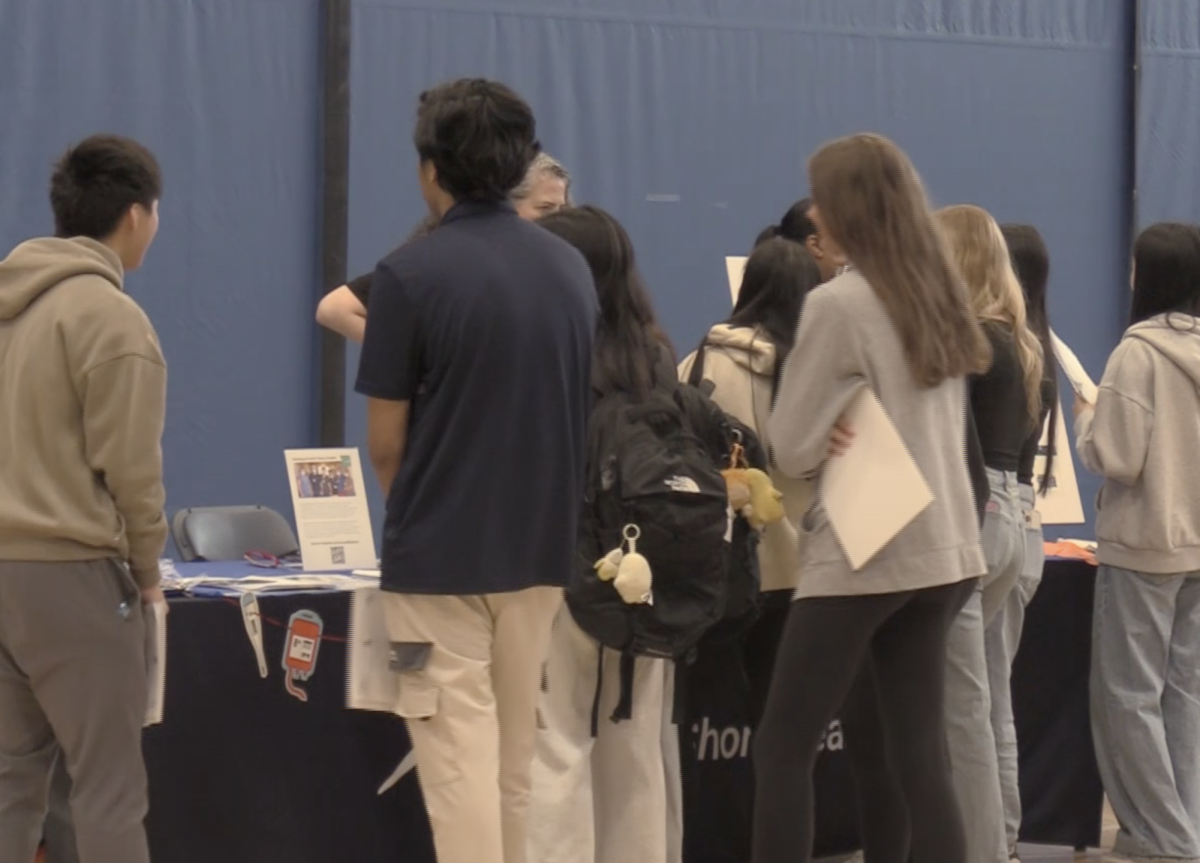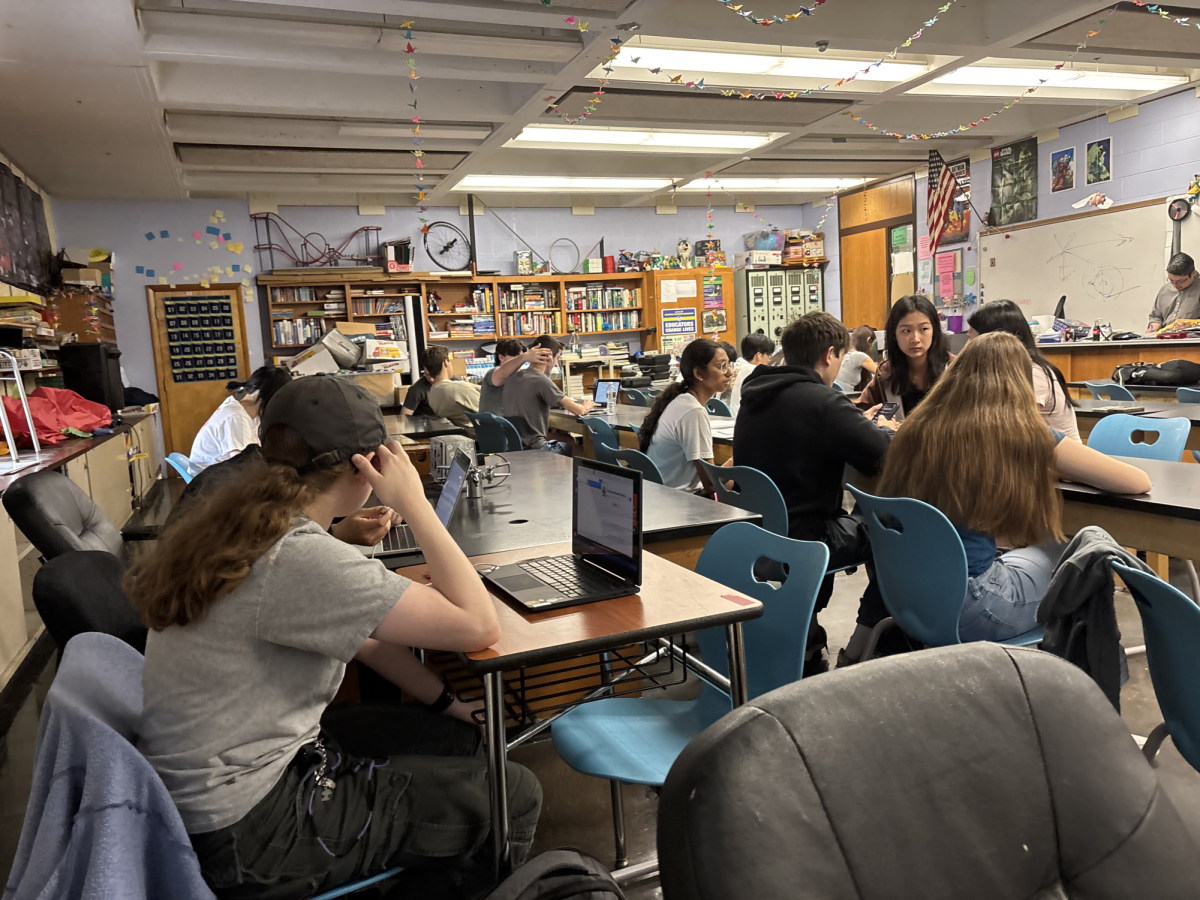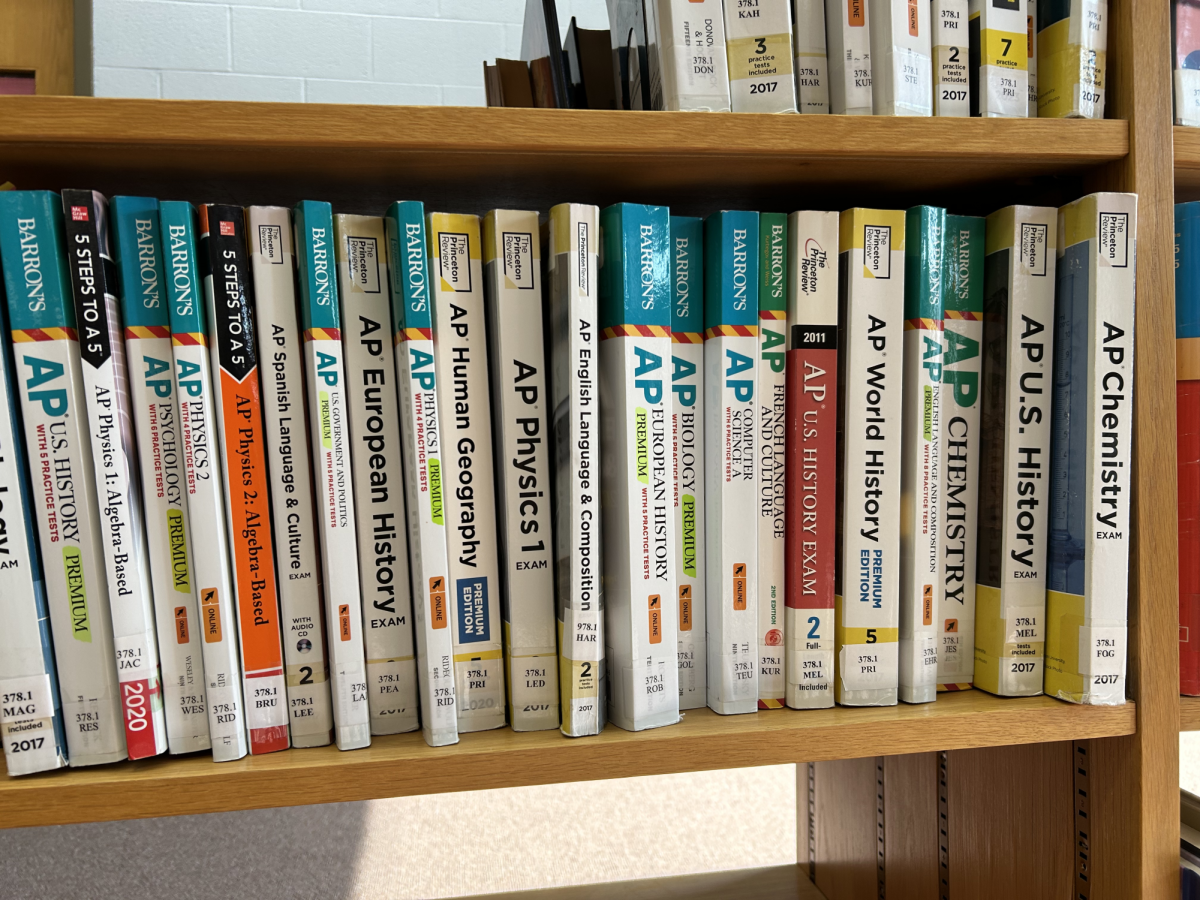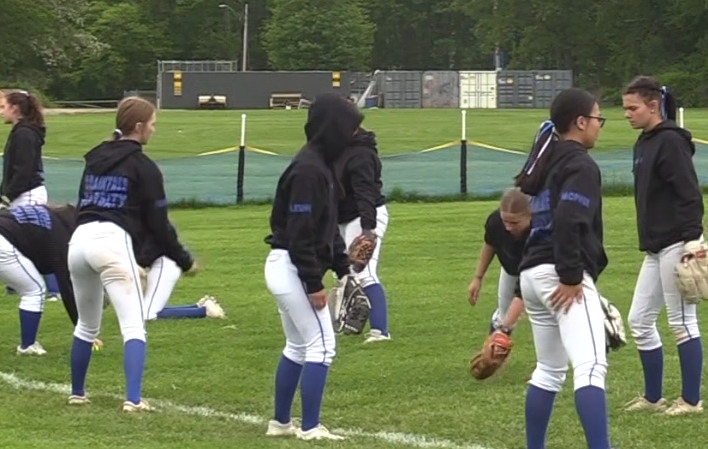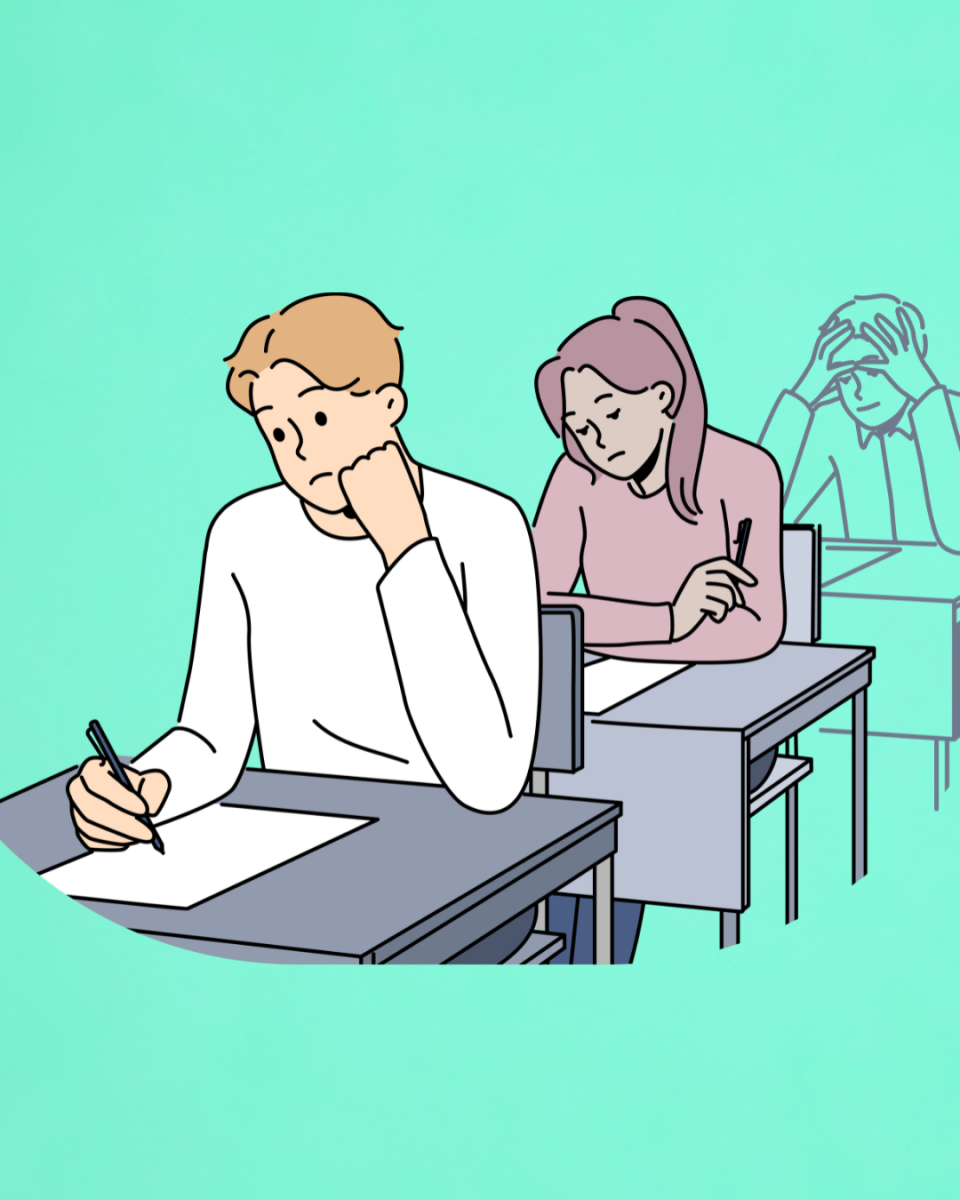Less than half of college applications submitted SAT or ACT scores to colleges in 2023, according to Inside Higher Ed. With less and less students submitting their scores, many people are asking what this means for the future of standardized testing.
The leaves fall to the ground and the sun sets earlier each night, everyone knows what season is to come: college application season. Currently, millions of students are putting the final touches on their essays and filling out every section of the Common app. One thing that we are seeing less of is SAT and ACT scores. What is happening? Why are so many schools becoming test-optional?
The hit of the Covid-19 pandemic in 2020 was also the first hit for colleges. Testing was difficult in a time where there could only be five students per classroom and when many people could not even find a place to take the test. This rare circumstance caused many colleges and universities to become test-optional. Even prestigious institutions such as Harvard and Yale revoked the need for these tests on applications in 2020. If a school is test-optional it means that they do not require a student’s SAT or ACT score, however, if a student sends them, the scores will still be a factor in the admission decision.
Since the pandemic, many schools have reinstated their pre-Covid-19 policies, making SAT and ACT scores a requirement. How does this harm students? Standardized tests show very little information on students. It does not necessarily showcase their knowledge of reading, writing, or arithmetic. These tests are very limiting about what they tell schools about a student. For instance, many students struggle with test anxiety; a student may know how to solve a quadratic equation in their sleep, however, their minds can go blank on test day. Not everyone is cut out for standardized tests, and it does not represent the intellectual abilities of a person.
Additionally, keeping the standardized tests impacts low-income and non-white communities. You do not have to be Albert Einstein to score well on the SATs. People who struggle in certain subjects can just get tutors to help them prepare, or take the test multiple times to improve their score. There’s one problem with this: money. Many people cannot afford tutors to help them for the SATs. Many people cannot afford to take the SAT multiple times, and many people do not have the time to spend studying. According to the Harvard Gazette, students from the top 1% were thirteen times more likely to score a 1300 or higher on the SAT/ACT tests compared to children of low income families.




